![50018 - Leichtbaukesselwagen Uerdingen Z [P] "Gulf" DSB](/fileadmin/user_upload/produkte/webp/50018.webp)
Lightweight Tank Car Uerdingen Z [P] "Gulf" DSB
Road no.: 20 86 070 0 830-5 [P]
Model details
- Bogie with three-point support
- Individually mounted axle box cover
- Individually mounted wheelchocks
- Individually mounted brake systems
- Finely engraved bogies
- Brake blocks in wheel plane
- Individually mounted axle brake rod
- Free standing handle bars
Gulf is a registered trademark.
Downloads
Info about the original
30m³ lightweight tank wagon in Uerdinger design – thanks to general technical advances in lightweight construction and welding technology, the management at the National Railway (Reichsbahn) decided to dispense with the actual vehicle frame when designing new tank wagons. Instead, the tensile and impact forces would, as far as possible, be absorbed by the boiler. Through the extensive use of welding technology, the goal was to reduce the raw-material requirements and manufacturing costs while at the same time obtaining more robust vehicles. For this reason, the wagon factory in Uerdingen received an order in 1938 to develop a lightweight tank car with a cargo volume of 30m³. As early as 1939, the three prototypes were handed over to two private goods-wagon rental companies as well as the state’s economic research association (Wirtschaftliche Forschungsgesellschaft (Wifo)) for testing. Following a small intermediate series in 1940, series production of the 30m³ Uerdinger-type lightweight tank wagon began in 1941. The largest customer was the German air force (Luftwaffe) with approx. 2,200 units, followed by the Wifo and many smaller companies, which resulted in a total of around 3,700 cars being built. In the post-war period, the wagons acquired by the Wifo and Luftwaffe were redistributed to other wagon operators in both German states. In the following decades, the wagons were primarily used by larger companies in the mineral oil industry, and also by smaller private companies as well as DB and DR themselves. Some of the wagons also remained abroad, where they were operated by new owners. In 2016 one of these wagons was still in use in internal interfactory traffic at Haltermann in Hamburg.


![50055 - Leichtbaukesselwagen Uerdingen Z [P] "SIMOTRA" SNCF](/fileadmin/user_upload/produkte/webp/mobil_700/50055.webp)
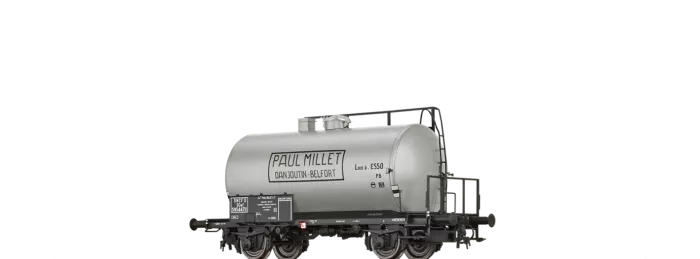
![50053 - Leichtbaukesselwagen Uerdingen Z [P] "UGILOR" SNCF](/fileadmin/user_upload/produkte/webp/mobil_700/50053.webp)
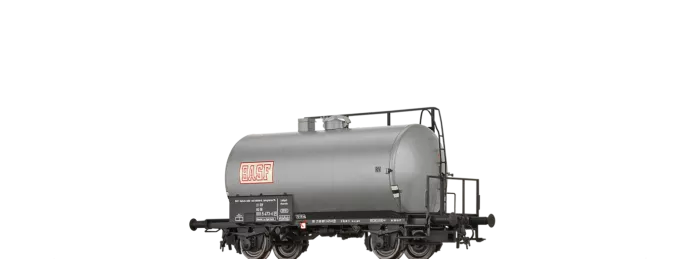
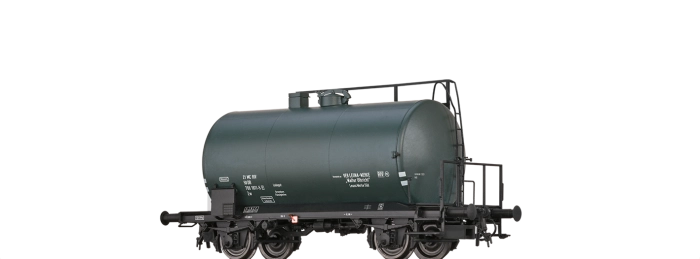
![50049 - Leichtbaukesselwagen Uerdingen Z [P] DR](/fileadmin/user_upload/produkte/webp/mobil_700/50049.webp)
![50048 - Leichtbaukesselwagen Uerdingen Z [P] "VTG" DB](/fileadmin/user_upload/produkte/webp/mobil_700/50048.webp)
![50046 - Leichtbaukesselwagen Uerdingen Z [P] "Wintershall A.G." DRG](/fileadmin/user_upload/produkte/webp/mobil_700/50046.webp)
![50045 - Leichtbaukesselwagen Uerdingen Z [P] "Veedol" DB, patiniert](/fileadmin/user_upload/produkte/webp/mobil_700/50045.webp)
![50044 - Leichtbaukesselwagen Uerdingen Z [P] "Eva" DB, patiniert](/fileadmin/user_upload/produkte/webp/mobil_700/50044.webp)
![50043 - Leichtbaukesselwagen Uerdingen Z [P] "VTG" DB, patiniert](/fileadmin/user_upload/produkte/webp/mobil_700/50043.webp)
![50042 - Leichtbaukesselwagen Uerdingen Z [P] "Haltermann" DB, patiniert](/fileadmin/user_upload/produkte/webp/mobil_700/50042.webp)
![50041 - Leichtbaukesselwagen Uerdingen Z [P] "Danzas" DB, patiniert](/fileadmin/user_upload/produkte/webp/mobil_700/50041.webp)
![50040 - Leichtbaukesselwagen Uerdingen Z [P] "Mobil" DB, patiniert](/fileadmin/user_upload/produkte/webp/mobil_700/50040.webp)
![50039 - Leichtbaukesselwagen Uerdingen Z [P] "TEXACO" DB, patiniert](/fileadmin/user_upload/produkte/webp/mobil_700/50039.webp)
![50038 - Leichtbaukesselwagen Uerdingen Z [P] "Esso" DB, patiniert](/fileadmin/user_upload/produkte/webp/mobil_700/50038.webp)
![50037 - Leichtbaukesselwagen Uerdingen Z [P] "BP" DB, patiniert](/fileadmin/user_upload/produkte/webp/mobil_700/50037.webp)
![50036 - Leichtbaukesselwagen Uerdingen Z [P] "ARAL" DB, patiniert](/fileadmin/user_upload/produkte/webp/mobil_700/50036.webp)
![50035 - Leichtbaukesselwagen Uerdingen Z [P] "Veedol" DB](/fileadmin/user_upload/produkte/webp/mobil_700/50035.webp)
![50034 - Leichtbaukesselwagen Uerdingen Z [P] "Eva" DB](/fileadmin/user_upload/produkte/webp/mobil_700/50034.webp)
![50033 - Leichtbaukesselwagen Uerdingen Z [P] "VTG" DB](/fileadmin/user_upload/produkte/webp/mobil_700/50033.webp)
![50032 - Leichtbaukesselwagen Uerdingen Z [P] "Haltermann" DB](/fileadmin/user_upload/produkte/webp/mobil_700/50032.webp)
![50031 - Leichtbaukesselwagen Uerdingen Z [P] "Danzas" DB](/fileadmin/user_upload/produkte/webp/mobil_700/50031.webp)
![50030 - Leichtbaukesselwagen Uerdingen Z [P] "Mobil" DB](/fileadmin/user_upload/produkte/webp/mobil_700/50030.webp)
![50029 - Leichtbaukesselwagen Uerdingen Z [P] "TEXACO" DB](/fileadmin/user_upload/produkte/webp/mobil_700/50029.webp)
![50028 - Leichtbaukesselwagen Uerdingen Z [P] "Esso" DB](/fileadmin/user_upload/produkte/webp/mobil_700/50028.webp)
![50027 - Leichtbaukesselwagen Uerdingen Z [P] "BP" DB](/fileadmin/user_upload/produkte/webp/mobil_700/50027.webp)
![50026 - Leichtbaukesselwagen Uerdingen Z [P] "ARAL" DB](/fileadmin/user_upload/produkte/webp/mobil_700/50026.webp)
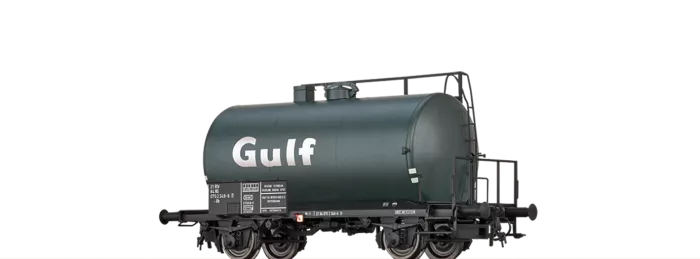
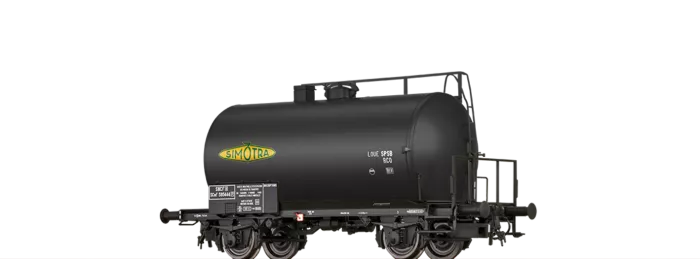
![49628 - Leichtbaukesselwagen Uerdingen Z [P] "AEG" DB](/fileadmin/user_upload/produkte/webp/mobil_700/49628.webp)